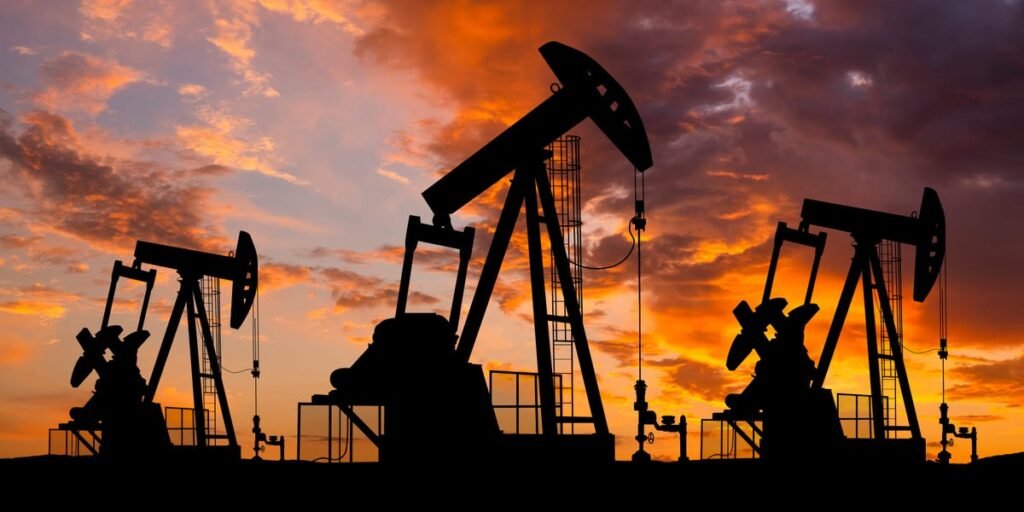- Trump has said he plans to bring down gas prices by boosting US oil production.
- ExxonMobil CEO Darren Woods said he didn’t see a US oil boom in the near future.
- One energy analyst said a US president has little control over the oil and gas market.
President-elect Donald Trump’s promise to unleash a big oil boom in the US and lower gas prices is running up against a market reality: The world is already awash in fossil fuels.
ExxonMobil CEO Darren Woods told Semafor on Tuesday that while he wanted to maintain US oil production at its current highs, the market was already well supplied.
“I don’t think today that production in the US is constrained,” he said. “I don’t know that there’s an opportunity to unleash a lot of production in the near term.”
During his presidential campaign, Trump said he planned to lower energy prices — including the cost of gas — by increasing US oil production.
“We will frack, frack, frack and drill, baby, drill,” Trump said last month. “I will cut your energy prices in half within 12 months.” In September, Trump said he would reduce gas prices to below $2 a gallon.
Energy analysts told Business Insider that big oil companies were more focused on returning money to shareholders than investing in projects to boost production, especially since China isn’t importing as much oil because of its economic downturn.
Their comments underscore how little control a US president has over the oil and gas market, including prices at the pump.
“It’s a global market,” Ben Cahill, the director of energy markets and policy at the University of Texas at Austin, told BI. “There’s very little any president can do to change the direction of oil or gasoline prices.”
Cahill added that he expected the US to increase oil production but that it would happen gradually. The US is already producing record amounts of oil. In 2023, the latest year for which annual data is available, it produced 12.9 million barrels of crude a day, compared with about 11 million barrels a day in 2020, when Trump was in office. And last year, the US became the world’s biggest exporter of natural gas. In October, the US Energy Information Administration projected that the US would produce 13.5 million barrels of crude oil a day in 2025, which would be another record.
And there’s room for the industry to expand. Woods told CNBC earlier this month that there were areas in the Gulf of Mexico — where federal leasing hasn’t allowed companies to drill — that could be a source of additional oil production in the long term.
Patrick De Haan, the head of petroleum analysis at GasBuddy, told BI that Trump could take some steps to try to boost US oil production, including easing regulations to open up additional places for companies to drill and working with OPEC. However, he said boosting oil production while keeping prices at a desired level was a “delicate balance” for the industry.
“If oil prices drop, you’re likely to see a natural decline in US oil production over the long run,” he said, adding: “Oil companies have shareholders to be accountable to.”
In recent years, the US increased oil production even as President Joe Biden imposed stricter limits on greenhouse-gas emissions from power plants, oil and gas infrastructure, and gas-powered vehicles to help slow the climate crisis.
In a separate interview with The Wall Street Journal, Woods said the US shouldn’t drop out of the Paris agreement, as Trump did in his first term and has promised to do again. The nearly 200 countries signed onto that agreement struck a deal last year at the UN climate summit to move away from fossil fuels this decade and triple renewable energy by 2030.
Woods told Semafor that he supported Biden’s limits on methane emissions from the oil and gas sector. Exxon and other US oil majors have goals to reduce emissions, but climate scientists say they aren’t aggressive enough to avert catastrophic levels of global warming.
Correction: November 12, 2024 — An earlier version of this story misstated the year Trump’s first term ended. He left office in 2021, not 2020.
Read the full article here


